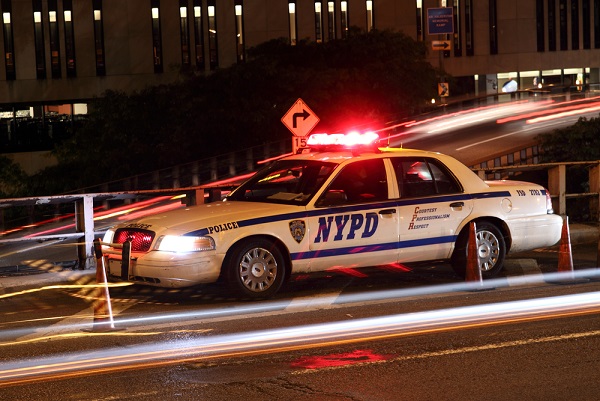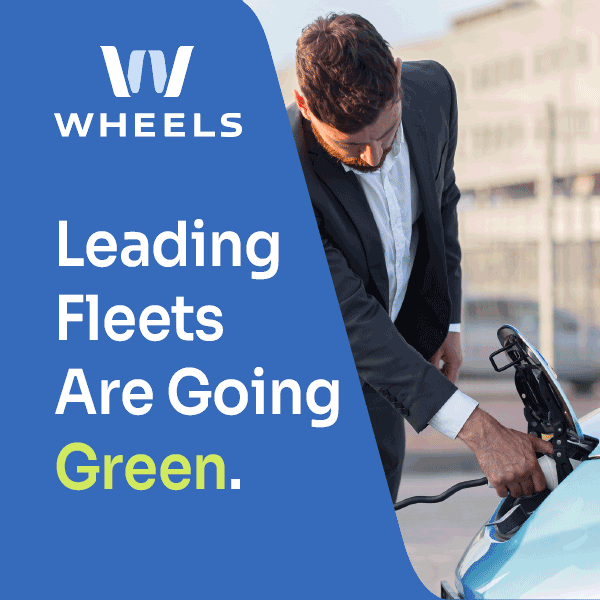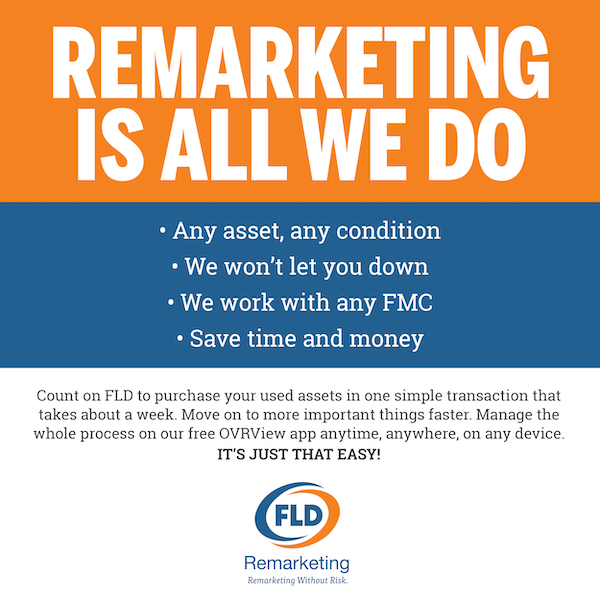
 By Dave Bean, Editor, In the Public Interest
By Dave Bean, Editor, In the Public Interest
February 21, 2023
New York City Comptroller Brad Lander is very concerned these days about road safety. Like many large cities in the U.S., traffic deaths and serious injuries in NYC have spiked upward precipitously since pre-pandemic days. So why is a city comptroller wringing his hands over this state of affairs? The reason comes down to dollars and cents, of course.
With just under 30,000 vehicles and 85,000 operators, New York City has the largest city fleet in the nation. To be sure, most traffic deaths and serious injuries are caused by individuals in personal vehicles. However, in the past decade, the municipal fleet has been responsible for more than 4,000 traffic accidents with payouts in excess of $600 million.
Compounding the matter, the agencies culpable for many of these crash deaths and injuries are unable to fly under the radar. Their vehicles are seen everyday by New Yorkers. It seems that as of the 2021 fiscal year, the New York City Police Department (NYPD) and Sanitation Department (DSNY) combined to tally the most road accidents where payouts were mandated. And magnifying that situation is that of the 55 crash claims where a $1 million payout was determined, nearly three-quarters were incidents where either NYPD or DSNY vehicles were involved.
The Fire Department (FDNY) fared almost as poorly. While FDNY comprised just 8% of the overall city fleet, they were implicated in 20% of traffic collisions where claims were warranted.
In a report entitled ‘Wreckless Spending: The Accelerating Cost of City Car Crash Settlements,’ compiled under the auspices of NYC comptroller Brad Lander’s office, it was made clear that the city fleet needs to be the standard where vehicle design meets driver behavior. While steps have been taken in the past, recent innovation and improvements in vehicle design and technology have now been demonstrated to improve traffic safety and consequently create safer vehicle fleets.
Among the highlights of the report were the following recommendations:
- City fleets should more rapidly embrace and implement the use of advanced driver assistance systems (ADAS) which can mitigate crashes before they occur.
- Reduce usage of larger vehicles where direct vision is compromised. These include exploring the necessity of heavy-duty trucks, pickups and SUVs, where blind spots can and do lead to traffic deaths and injuries. Perhaps smaller sized vehicles can do the same job as larger ones as effectively.
- If fewer vehicles mean fewer claims, perhaps reducing the size of the city fleet may be in order.
- Make drivers more accountable for their actions with an intensifying scale of repercussions as more and dangerous infractions occur.
- Transfer responsibility for fleet safety to individual agencies, rather than the city as whole.
Download the entire report by clicking here.




